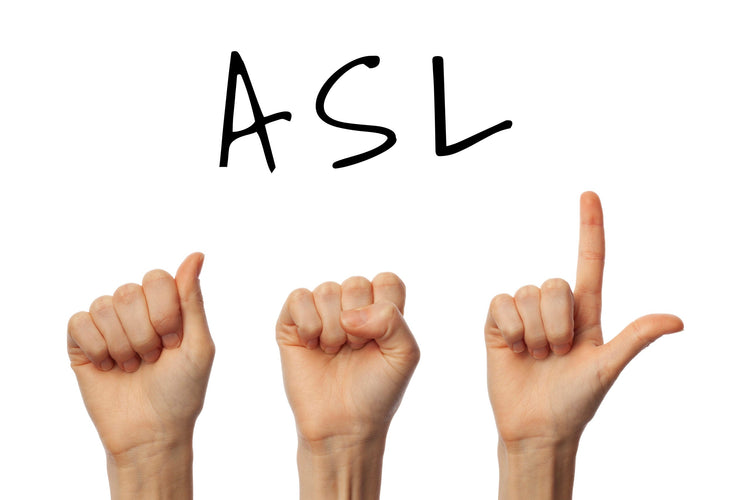Table of Contents
-
What Does ASL Mean?
-
ASL in Texting and Slang
-
The Basics of American Sign Language (ASL)
-
Common ASL Signs and Numbers
-
FAQ About ASL
1. What Does ASL Mean?
ASL has different meanings based on how it's used. It can stand for a few key things:
-
American Sign Language: A visual language mainly used by Deaf people in the United States and Canada. It has its own grammar and syntax.
-
Reference: NIDCD
-
-
Age, Sex, Location: A popular question in online chats during the early days of the internet. People used it to ask for basic info.
-
Example: “ASL?” means, “What’s your age, sex, and location?”
-
-
As Hell (Slang): A modern slang term often seen on TikTok, Snapchat, and Instagram. It adds emphasis to feelings or states.
-
Example: “I’m hungry asl” translates to “I’m hungry as hell.”
-
Reference: Urban Dictionary
-
2. ASL in Texting and Slang
On social media, ASL often means "as hell." It’s a quick way to exaggerate something. For instance:
-
Funny asl: Something extremely funny.
-
Hot asl: Describes someone very attractive.
This slang is widely used by younger generations. But remember, it’s completely different from the formal meaning of ASL as American Sign Language.
3. The Basics of American Sign Language (ASL)
ASL is a full language, not just a series of gestures. It has its own rules and structure. It’s not a direct translation of English.
-
History: ASL developed from French Sign Language (LSF) and became its own unique language.
-
Who Uses ASL?: Deaf communities in the U.S. and Canada primarily use it.
-
Reference: National Association of the Deaf
-
Key Features of ASL:
-
Facial Expressions: They show tone and add meaning. This is like punctuation in written language.
-
Hand Shapes and Movements: Words and sentences are formed with specific signs.
-
Body Language: It gives additional context and makes communication clearer.
4. Common ASL Signs and Numbers
Learning Basic Signs
Learning simple signs is a great way to start with ASL. These are some of the most useful:
-
Hello: Wave your hand near your forehead.
-
Thank You: Place your fingers on your chin and move your hand forward.
-
Sorry: Make a fist and move it in small circles over your chest.
Reference: Lifeprint
Numbers in ASL
Numbers in ASL are easy once you learn the basics. Each number has its own sign:
-
1-10: Use clear and distinct hand positions.
-
Example: The sign for "10" is a thumbs-up gesture with a slight shake.
-
Reference: Verywell Health
-
Daily Life Signs
-
Sleep: Place your hand near your face and close your fingers as if pulling a curtain.
-
Reference: Baby Sign Language
-
-
Nap: A shorter version of the sleep sign.
-
Bedtime: Combine the signs for "bed" and "time."
FAQ About ASL
Q1: What’s the difference between ASL and Signed English?
-
Answer: ASL is a full language with its own grammar. Signed English matches spoken English word order.
Q2: Can I learn ASL online?
-
Answer: Yes! Websites like Lifeprint and apps like ASL Bloom are great for beginners.
Q3: What does ASL mean on TikTok?
-
Answer: It’s often short for “as hell.” For example, "She’s mad asl” means "She’s mad as hell."
Q4: How do you sign ‘thank you’ in ASL?
-
Answer: Touch your fingers to your chin, then move your hand outward.


